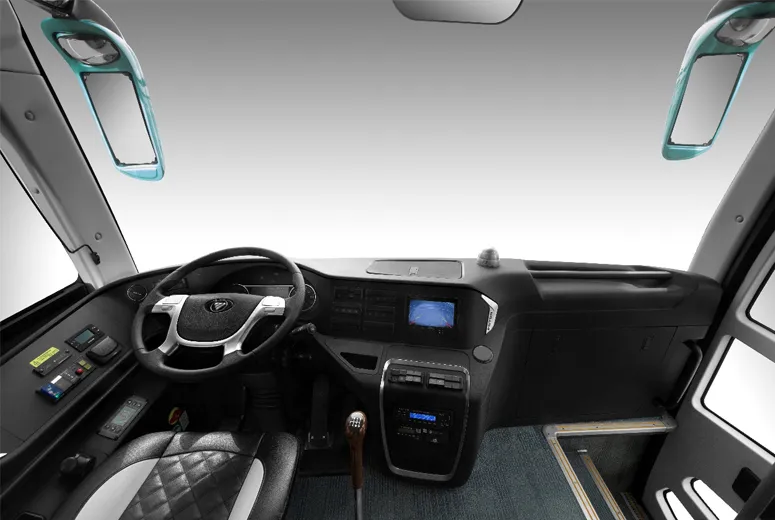the road roller
The Road Roller A Symbol of Progress and Infrastructure
When we think of construction vehicles, images of heavy machinery maneuvering through dusty job sites often come to mind. Among these vehicles, the road roller—also known as a road compactor—stands out as a powerful symbol of progress and infrastructure development. Not only does this formidable machine play a crucial role in the construction of roads, but it also embodies the relentless march of modernization and urbanization across the globe.
Historical Evolution
The history of the road roller can be traced back to the early 19th century, when engineers began to explore methods for effectively compacting soil to create stable surfaces for roadways. Early models were nothing more than heavy wooden or metal rollers, often pulled by horses. As industrialization progressed, these machines evolved into more sophisticated versions powered by steam and later, diesel engines. The advent of mechanization allowed for increased efficiency and productivity, paving the way for modern transportation networks.
The road roller was a game-changer for the construction industry. Its ability to compress asphalt and soil made it an essential tool for building the infrastructure necessary for the ever-growing demands of society. From highways to airstrips, the road roller has laid the foundation for seamless transportation, contributing to economic development and community connectivity.
Types and Functions
There are several types of road rollers, each designed for specific applications. The most common types include
1. Static Rollers These machines rely on their weight to compact the surface. They are often used in the early stages of construction when soil needs to be stabilized.
2. Vibratory Rollers Equipped with vibration mechanisms, these rollers use oscillation to achieve deeper compaction. They are useful for compacting asphalt layers and achieving higher density.
3. Tandem Rollers These have two drums and are typically employed in the final stages of pavement construction. Their design allows for uniform compression and a smooth finish.
the road roller

4. Pneumatic Rollers Instead of steel drums, these rollers utilize rubber tires and are ideal for compacting different materials while reducing the risk of damaging the surface beneath.
Regardless of type, the road roller is indispensable for building roads that can withstand the weight and stress of continuous traffic. Its presence on construction sites signals not only the development of physical infrastructure but also the underpinning of economic growth.
Environmental Considerations
As urbanization continues to rise, the construction industry faces increasing scrutiny for its environmental impact. Modern road rollers are being designed with eco-friendly attributes, including fuel-efficient engines and noise-reducing technology. By utilizing cleaner combustion methods and lighter materials, manufacturers are creating road rollers that meet environmental standards while still delivering the power needed for heavy-duty jobs.
Moreover, the practice of sustainable construction has begun to influence how road rollers are used. For instance, reusing and recycling materials during the pavement process helps reduce waste and the overall carbon footprint of road construction projects. Innovations such as cold recycling and the use of warm-mix asphalt are being integrated into the work processes, demonstrating how technology and environmental stewardship can coexist in the realm of infrastructure.
The Future of Road Rollers
Looking ahead, the role of road rollers in construction is set to evolve. With the incorporation of digital technologies, such as GPS and telematics, operators can monitor machines in real-time, enhancing precision in compaction and overall project efficiency. Autonomous road rollers may not be far off, promising increased safety and productivity on job sites.
In an era where smart infrastructure is becoming the norm, road rollers will continue to play an essential role in shaping our surroundings. As cities expand and populations grow, the demand for reliable, durable roads will remain high. The road roller, an enduring symbol of progress, will undoubtedly remain at the forefront of this development, continuously adapting and innovating to meet the challenges of the future.
In conclusion, the road roller is much more than just a piece of machinery. It represents the dynamic interplay between technology, infrastructure, and the environment. As we forge ahead into an era of rapid urbanization, understanding and appreciating the significance of the road roller will ensure that it remains synonymous with the progress we strive for in building sustainable communities.
-
SINOTRUK HOWO 84 Electric Dump Truck for Eco-Friendly Heavy HaulingNewsJul.26,2025
-
The Fast 16-Gear Manual Transmission Assembly for Heavy TrucksNewsJul.25,2025
-
Mercedes Benz Actros 1848 42 Tractor Truck for Sale - Reliable PerformanceNewsJul.24,2025
-
High-Quality Water Pump Assembly for Sinotruk Trucks – Durable & ReliableNewsJul.23,2025
-
Premium Truck Engine Antifreeze Coolant Fluid for Heavy Duty VehiclesNewsJul.22,2025
-
FOTON View G7 Mini Bus: Affordable & Spacious TransportNewsJul.22,2025
Popular products

























